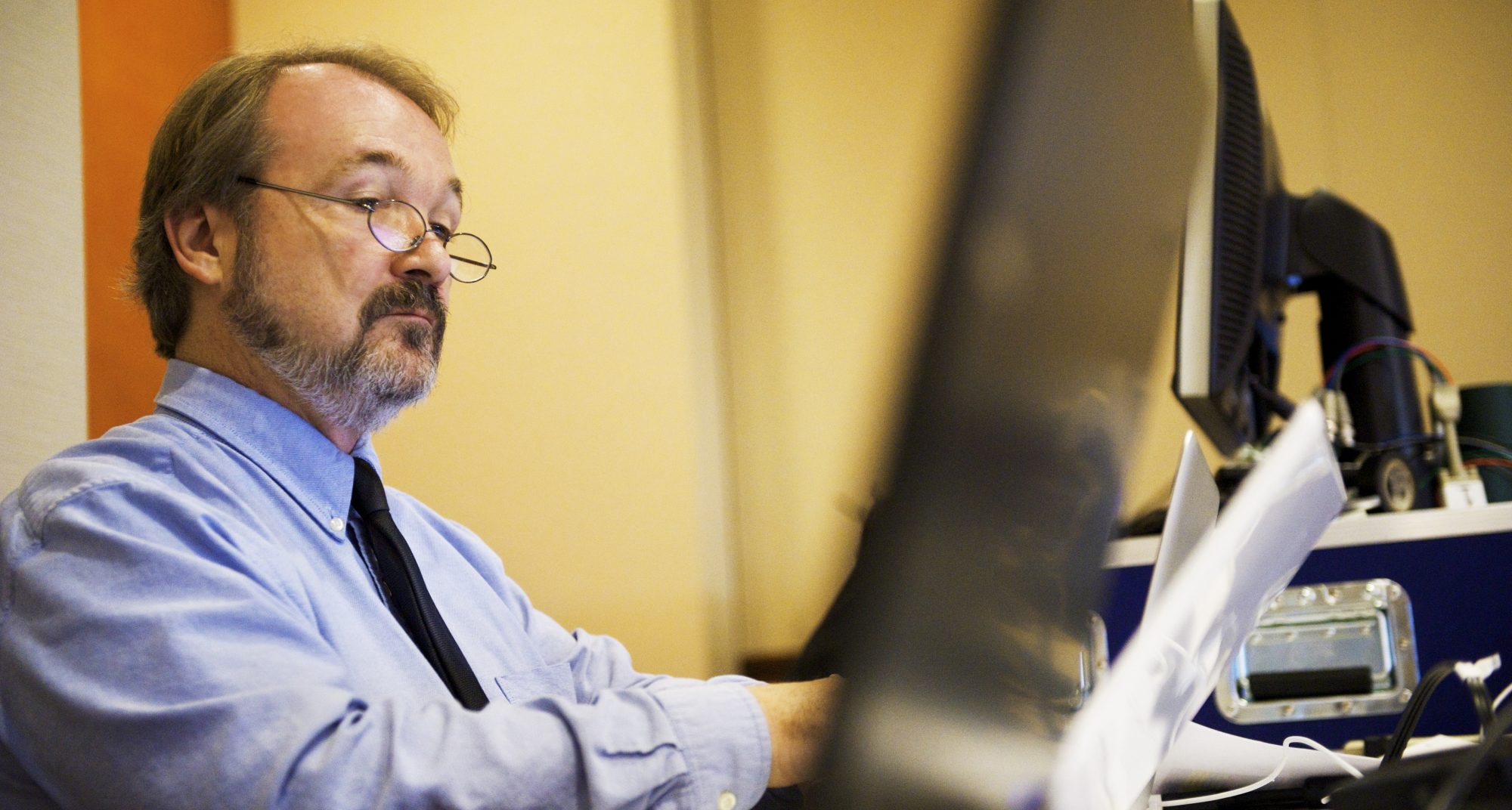
When I taught Writing 20 at Duke, I got to teach courses based on my own areas of topical interest. I taught seven or eight different courses over my ten semesters of teaching there. Some of them had to do with my enduring academic interests: ideas about the concepts of youth and adulthood, about abandoned industrial landscapes, about epistemology and the construction of knowledge. Others were more immediate: after two years of hearing my students talk about how “we” beat Carolina in some game or another, I built a course about the construction of identity through team loyalty, brand loyalty, and regional loyalty—through things that are not inherently of us, but that we adopt and hold dear.
Now, fifteen years later, I’d teach a different array of courses. I’d teach courses about the debilitating constructions of modern masculinity. I’d teach courses on genre literature. I’d teach… well, if you read this blog at all, you know the kinds of things I’d teach.
But one of the courses I never had the chance to teach, having thought of it after leaving the freedom of a liberal-arts university, is a course on American stand-up comedy. It would be a Ken Burns kind of thing, in which comedy would be the vehicle through which we would examine all kinds of other social developments. We’d start with the vaudevillians and the burlesque houses and the origins of the Jewish comic. We’d talk about the influences of media—first radio, then television, then the LP album, and now streaming services and YouTube clips—on not merely the distribution of comedy, but on its definition and form. We’d talk about the 1950s and 60’s expansion of who gets to be a comedian: Black and women comedians, from the bawdy (Redd Foxx and Rusty Warren) to the quick and clever (Richard Pryor and Joan Rivers). We had the cool intellectuals (Bob Newhart and Tom Lehrer), the childhood nostalgics (Bill Cosby and George Carlin). And then we’d encounter the countercultural hinge, the moment in which two of the most prominent TV standups—Pryor (1967) and Carlin (1969)—both decided, independently, that the polite work that had made them successful was no longer true to themselves or their times. That the world demanded something different of them.
Then the explosion of identities on stage: Korean American and Japanese American and Native American and Indian American, working class men and working class women, gays and lesbians. A blessing of diverse comics who continue to expand our understanding of what it means to be funny in America.
All of this returned to me while I was stacking firewood this morning, and thinking about our little town. One of our neighbors has a quick wit and a quick temper, and they often merge. He once told another fellow in town, “Your mother shoulda shot you and raised a pig, at least she’d’a had something to put in the freezer!” Another guy, helping as a favor to offload some hay at night at a farm he’d never been to, said “I’m just gonna back up ’til it sounds expensive.”
Comedy has no room for politeness, nor for power. Comedy is where the powerless get to stand up there, alone, and talk about the things about their lives that their (predominantly white, predominantly comfortable) audience would never have known. Modern comedy is the venue of self-revelation, and through that mechanism, of cultural revelation. It’s a sort of figure-ground exercise: Here’s some truth about who I am. If you didn’t know that, what does that say about you?
As just one example, the Blue Collar comedy phenomenon—from Jeff Foxworthy to Rosanne Barr to Larry the Cable Guy—is a direct offspring of the Reagan Republican. They set aside of the interests of the educated elite for the interests of the people who just have to get from one day to the next with some humor. They poke fun at themselves, and by so doing indicate some gaps in the larger conversation.
There’s a long history of whining-guy diatribe about women standup comics not being funny. And that stems from women’s lives not being of interest to the men who dominated both the performance and the consumption of comedy for so long. Anyone who thinks that Ali Wong and Whitney Cummings and Yumi Nagashima aren’t talented comedians—outstanding writers and perfectly timed performers and creators of a unique and coherent stage personality—has merely pronounced their own intellectual limitations. You may not like their material, you may think that they’re too rough or too blue, but you have to give them credit for careful craft.
Standup comedy, from the guy doing patter between striptease artists to the 90-minute HBO special from Radio City Music Hall, has always been the place where the dispossessed have been able to finally be free, to set aside the protective ego and the scowling super-ego and just let the id stand alone in the spotlight. And we’re all lucky that they’re brave enough to do it.








